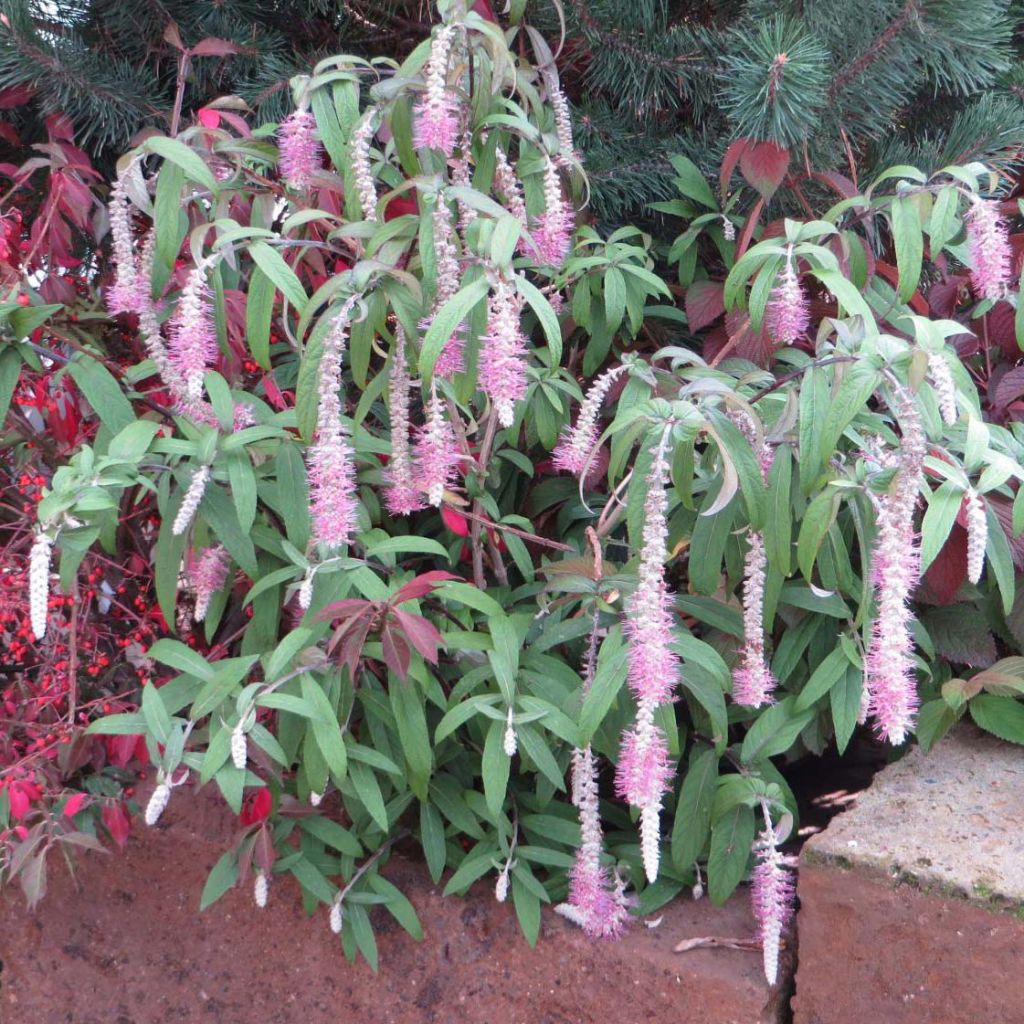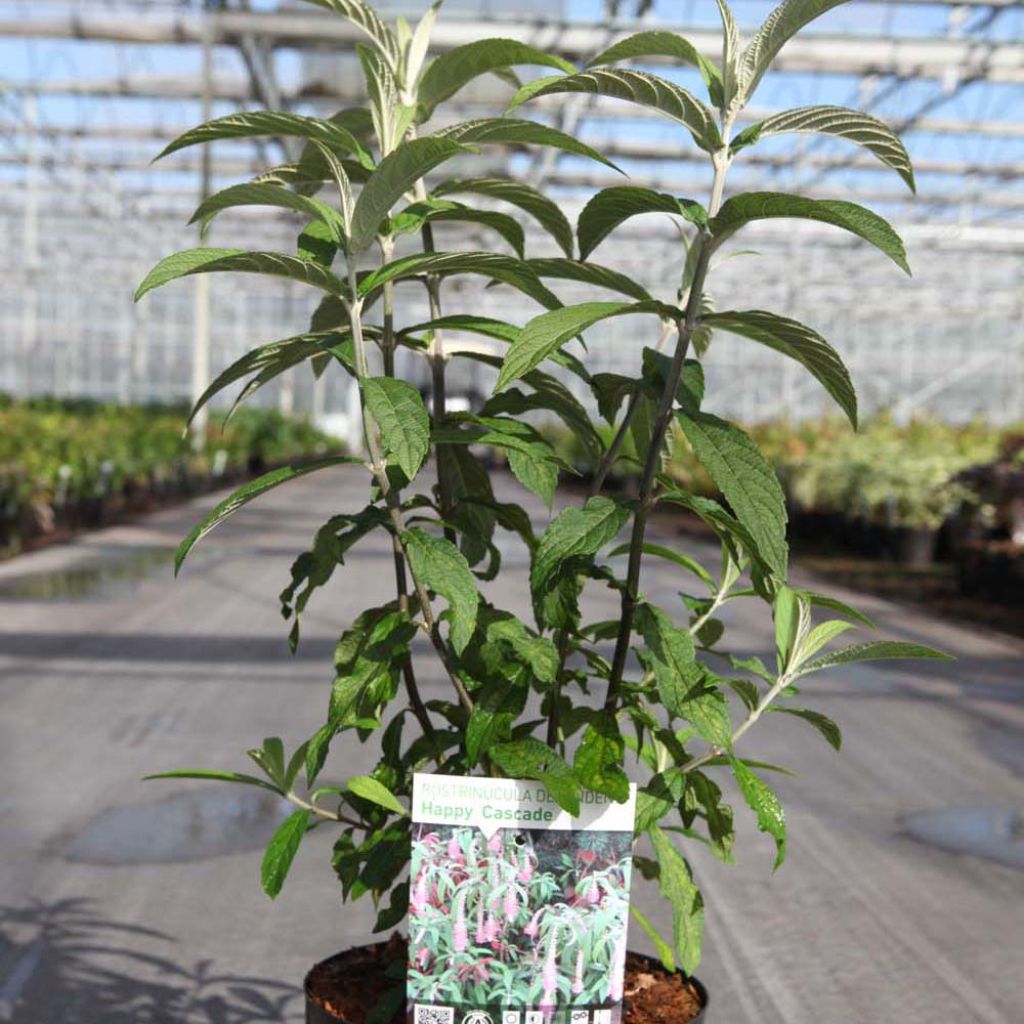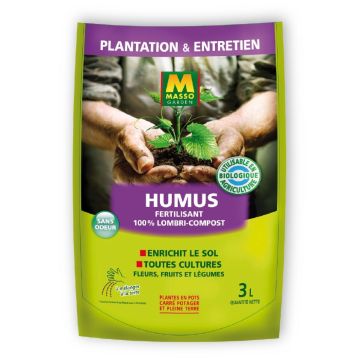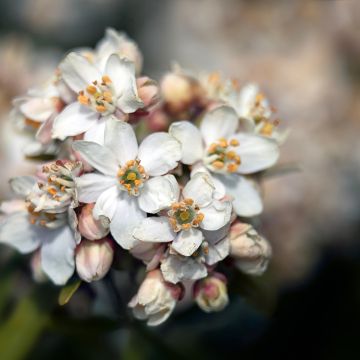

Rostrinucula dependens Happy Cascade


Rostrinucula dependens Happy Cascade


Rostrinucula dependens Happy Cascade


Rostrinucula dependens Happy Cascade


Rostrinucula dependens Happy Cascade
Rostrinucula dependens Happy Cascade
Rostrinucula dependens Happy® Cascade
Tree Mint
The bush arrived in good condition and was promptly planted. It has not yet produced any flowers. I will wait until next year.
Mumu54, 11/11/2023
This item cannot be shipped to the selected country
Delivery charge from 5,90 €
Delivery charge from 5,90 €
More information
Shipping country:
-
Andorra
-
Austria
-
Belgium
-
Bulgaria
-
Chile
-
Croatia
-
Cyprus
-
Czechia
-
Denmark
-
Estonia
-
Finland
-
France
-
Germany
-
Greece
-
Hungary
-
Iceland
-
Ireland
-
Italy
-
Latvia
-
Lithuania
-
Luxembourg
-
Malta
-
Monaco
-
Netherlands
-
Poland
-
Portugal
-
Romania
-
Slovakia
-
Slovenia
-
Spain
-
Sweden
-
Switzerland
-
United Kingdom
Schedule delivery date,
and select date in basket
This plant carries a 24 months recovery warranty
More information
We guarantee the quality of our plants for a full growing cycle, and will replace at our expense any plant that fails to recover under normal climatic and planting conditions.
From 5,90 € for pickup delivery and 6,90 € for home delivery
Express home delivery from 8,90 €.
From 5,90 € for pickup delivery and 6,90 € for home delivery
Express home delivery from 8,90 €.

Would this plant suit my garden?
Set up your Plantfit profile →
Description
Rostrinucula dependens 'Happy Cascade' is an easy-to-grow, unique and highly ornamental plant that is still unknown. This bush is atypical firstly because of its late flowering, in late summer, but of a singular beauty, in the form of long, cylindrical and trailing spikes, gathering charming little pink-purple flowers with prominent stamens. Visible from afar in the garden, it resembles a vegetal cascade that is reminiscent of the silhouette of certain buddleias. It will thrive in fertile and light, fresh but well-drained soil, in a sunny position.
Native to China, more precisely to the provinces of Guizhou, Shaanxi, Sichuan, Yunnan, Rostinucula dependens is a bush belonging to the Lamiaceae family. In the wild, it grows spontaneously at an altitude between 600 and 2500m (1968ft 6in and 8202ft). It shows a flexible and arched habit, composed of numerous shoots that originate from the stump. Its very rapid growth allows it to reach about 1.50m (4ft 11in) in all directions in the space of a season. The variety 'Happy Cascade' distinguishes itself by increased floribundance and more colourful flowering. In mild climates, the branches are not destroyed by strong frosts, allowing this tree mint to exceed these dimensions. Flowering takes place from August to October, depending on the climate and weather. Trailing, cylindrical inflorescences, 10 to 35cm (3.9 to 13.8in) long and 1.5cm (0.6in) wide, appear at the end of the year's shoots. They are rigid and loaded with white and fluffy bracts that open to release small vibrant lavender-pink flowers, from which clusters of pink stamens emerge. The leaves, ovate to elliptical, 4 to 9.5cm (1.6 to 3.7in) long and 1.3 to 4cm (0.5 to 1.6in) wide, are a beautiful bluish green, slightly wavy, arranged alternately along young, purplish, hairy and square-sectioned shoots. Branches aged 2 years take on more brownish hues and become glabrous. The older wood is cream white in colour, covered with a fissured bark.
While it is rather discreet, with its pastel colours and tomentose vegetation, Rostrinucula dependens 'Happy Casacde' is not lacking in personality, which should be highlighted by isolating it, in front of a mass of bushes with staggered flowering or evergreen foliage. It will thrive in our oceanic regions with mild winters, without harsh light and regularly watered. As it regrows from the stump after strong frosts (down to -12°C (10.4 °F)), it can be acclimatized elsewhere, by planting it in well-drained soil or even by cultivating it in a large container to be stored during winter. In hot regions, it requires watering in summer and a non-burning location. An exotic ensemble can be created by combining this tree mint with bush fuchsias (magellanica, regia, excorticata...), a flowering Buddleia officinalis in February, Phormiums for contrast of shapes, Lochroma cyaneum or even Japanese anemones, for example.
Report an error about the product description
Rostrinucula dependens Happy Cascade in pictures






Plant habit
Flowering
Foliage
Botanical data
Rostrinucula
dependens
Happy® Cascade
Lamiaceae
Tree Mint
Cultivar or hybrid
Other Rostrinucula - Menthe en arbre
Planting and care
Rostrinucula dependens 'Happy Cascade' grows in sunny or semi-shaded exposure, in well-drained and moist soil. It is not very demanding in terms of soil type, as long as it is not excessively calcareous or acidic. It is crucial that the soil is not waterlogged in winter: if necessary, incorporate leaf compost and gravel into the clayey and compact soil of your garden. It easily tolerates temperatures down to -12°C (10.4 °F), but the above-ground parts often die outside regions with mild winters. However, new shoots will appear from the stump in spring, without affecting the flowering that occurs at the tips of the branches of the year. This plant does not suffer from any specific diseases or parasites.
Planting period
Intended location
Care
-
, onOrder confirmed
Reply from on Promesse de fleurs
Summer-flowering shrubs
Haven't found what you were looking for?
Hardiness is the lowest winter temperature a plant can endure without suffering serious damage or even dying. However, hardiness is affected by location (a sheltered area, such as a patio), protection (winter cover) and soil type (hardiness is improved by well-drained soil).

Photo Sharing Terms & Conditions
In order to encourage gardeners to interact and share their experiences, Promesse de fleurs offers various media enabling content to be uploaded onto its Site - in particular via the ‘Photo sharing’ module.
The User agrees to refrain from:
- Posting any content that is illegal, prejudicial, insulting, racist, inciteful to hatred, revisionist, contrary to public decency, that infringes on privacy or on the privacy rights of third parties, in particular the publicity rights of persons and goods, intellectual property rights, or the right to privacy.
- Submitting content on behalf of a third party;
- Impersonate the identity of a third party and/or publish any personal information about a third party;
In general, the User undertakes to refrain from any unethical behaviour.
All Content (in particular text, comments, files, images, photos, videos, creative works, etc.), which may be subject to property or intellectual property rights, image or other private rights, shall remain the property of the User, subject to the limited rights granted by the terms of the licence granted by Promesse de fleurs as stated below. Users are at liberty to publish or not to publish such Content on the Site, notably via the ‘Photo Sharing’ facility, and accept that this Content shall be made public and freely accessible, notably on the Internet.
Users further acknowledge, undertake to have ,and guarantee that they hold all necessary rights and permissions to publish such material on the Site, in particular with regard to the legislation in force pertaining to any privacy, property, intellectual property, image, or contractual rights, or rights of any other nature. By publishing such Content on the Site, Users acknowledge accepting full liability as publishers of the Content within the meaning of the law, and grant Promesse de fleurs, free of charge, an inclusive, worldwide licence for the said Content for the entire duration of its publication, including all reproduction, representation, up/downloading, displaying, performing, transmission, and storage rights.
Users also grant permission for their name to be linked to the Content and accept that this link may not always be made available.
By engaging in posting material, Users consent to their Content becoming automatically accessible on the Internet, in particular on other sites and/or blogs and/or web pages of the Promesse de fleurs site, including in particular social pages and the Promesse de fleurs catalogue.
Users may secure the removal of entrusted content free of charge by issuing a simple request via our contact form.
The flowering period indicated on our website applies to countries and regions located in USDA zone 8 (France, the United Kingdom, Ireland, the Netherlands, etc.)
It will vary according to where you live:
- In zones 9 to 10 (Italy, Spain, Greece, etc.), flowering will occur about 2 to 4 weeks earlier.
- In zones 6 to 7 (Germany, Poland, Slovenia, and lower mountainous regions), flowering will be delayed by 2 to 3 weeks.
- In zone 5 (Central Europe, Scandinavia), blooming will be delayed by 3 to 5 weeks.
In temperate climates, pruning of spring-flowering shrubs (forsythia, spireas, etc.) should be done just after flowering.
Pruning of summer-flowering shrubs (Indian Lilac, Perovskia, etc.) can be done in winter or spring.
In cold regions as well as with frost-sensitive plants, avoid pruning too early when severe frosts may still occur.
The planting period indicated on our website applies to countries and regions located in USDA zone 8 (France, United Kingdom, Ireland, Netherlands).
It will vary according to where you live:
- In Mediterranean zones (Marseille, Madrid, Milan, etc.), autumn and winter are the best planting periods.
- In continental zones (Strasbourg, Munich, Vienna, etc.), delay planting by 2 to 3 weeks in spring and bring it forward by 2 to 4 weeks in autumn.
- In mountainous regions (the Alps, Pyrenees, Carpathians, etc.), it is best to plant in late spring (May-June) or late summer (August-September).
The harvesting period indicated on our website applies to countries and regions in USDA zone 8 (France, England, Ireland, the Netherlands).
In colder areas (Scandinavia, Poland, Austria...) fruit and vegetable harvests are likely to be delayed by 3-4 weeks.
In warmer areas (Italy, Spain, Greece, etc.), harvesting will probably take place earlier, depending on weather conditions.
The sowing periods indicated on our website apply to countries and regions within USDA Zone 8 (France, UK, Ireland, Netherlands).
In colder areas (Scandinavia, Poland, Austria...), delay any outdoor sowing by 3-4 weeks, or sow under glass.
In warmer climes (Italy, Spain, Greece, etc.), bring outdoor sowing forward by a few weeks.












